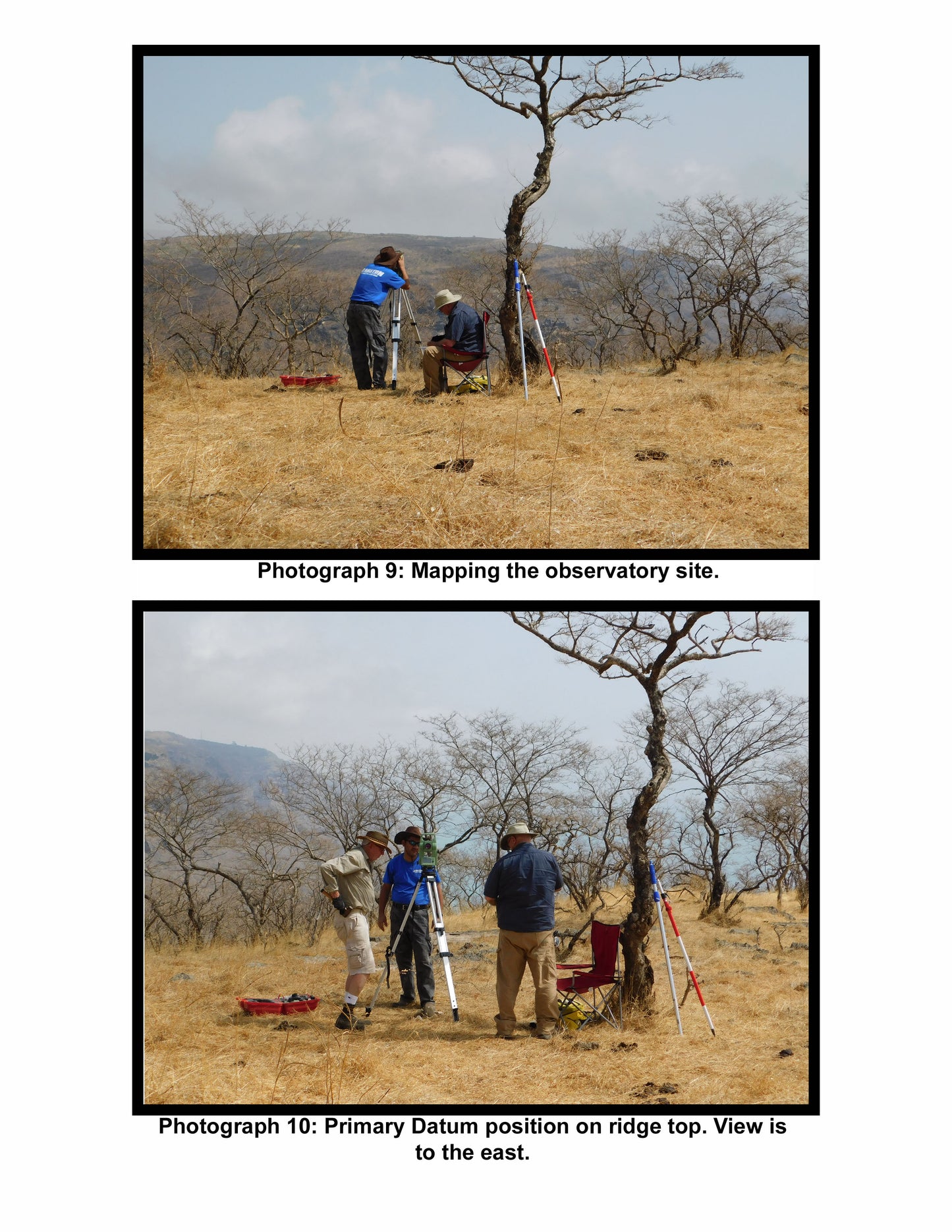ARI
The Wadi Sayq Observatory: A Study in Archaeoastronomy in Oman, Eastern Arabia
The Wadi Sayq Observatory: A Study in Archaeoastronomy in Oman, Eastern Arabia
Couldn't load pickup availability
Abstract:
This article presents an overview of the discovery and study of an ancient celestial observatory situated on an Arabian headland overlooking the Arabian Sea. Methodologies pertinent to the practice of archaeoastronomy, a combination of archaeological and astronomical procedures used to research ancient potential observatories, are applied to enhance an understanding of the types of celestial observation and calendaring conducted at Wadi Sayq. An overview of the Wadi Sayq location expands into the research questions and hypotheses behind the quantitative assessments dating the observatory’s occupation to 587-584 BC. This date is the result of the analyses of the site’s ancient linear rock alignments yielding the discovery of a lunisolar calendar system keyed to full moon correlations with the vernal equinox at the Metonic cycle’s 19-year intervals. The unique unit of measure (12 cubits = 5.148 meters based on 1 cubit = 429-millimeters and 1/12 of a cubit = 35.75 or 36-millimeters) used in the Early Iron Age construction of the nearby Khor Kharfot sanctuary site is identical to that used to layout the observatory’s rock alignments. This unique mathematical and architectural commonality demonstrates the contemporaneity of both occupations to 587-584 BC.
Archeological Research Institute
Wadi Sayq Technical Research Series, Paper No. 6 2020c
Share


